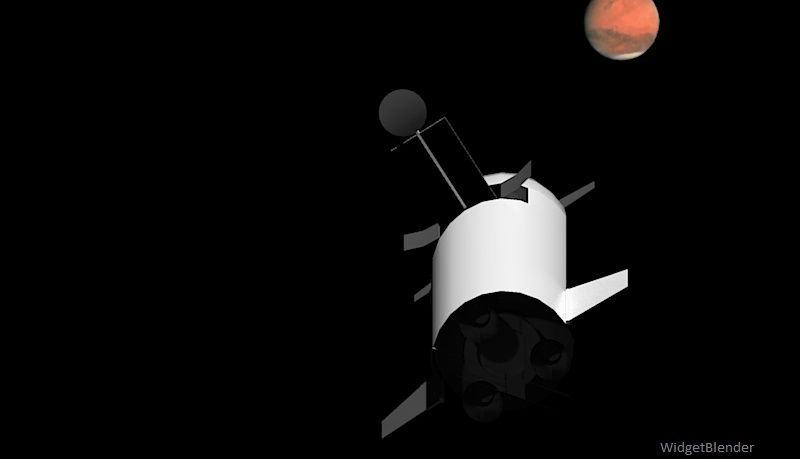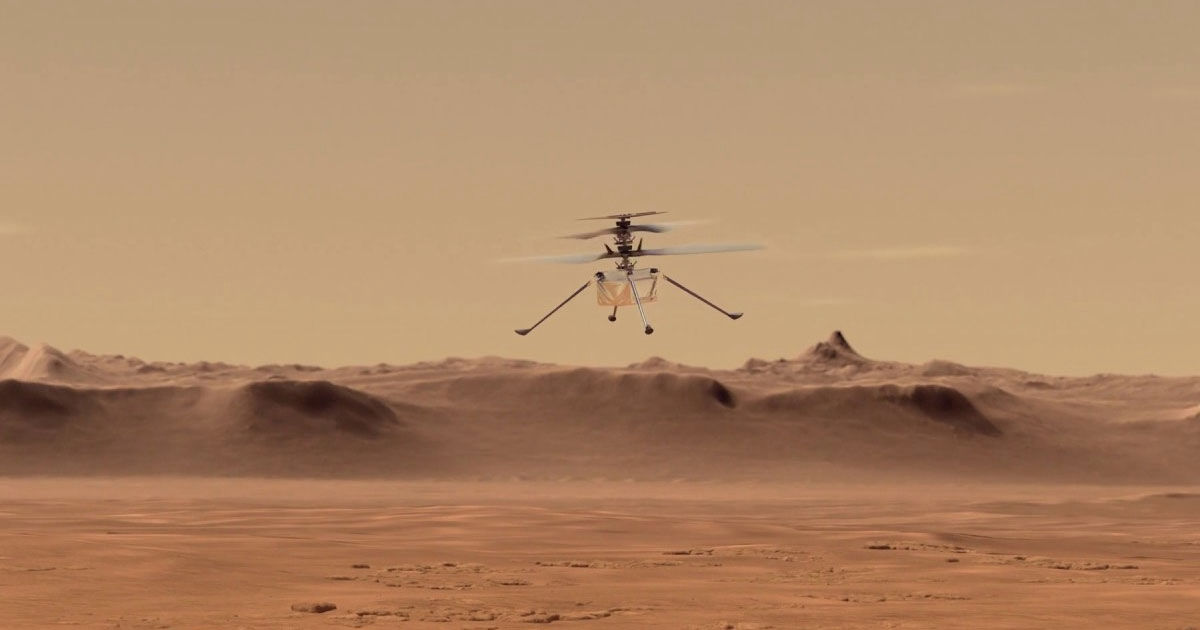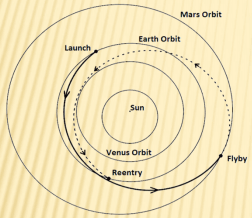Mars2022 Key Widgets
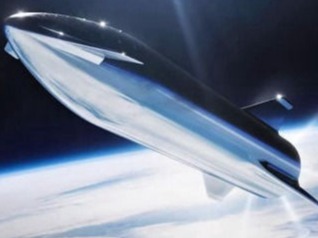
SpaceX Cargo Starship
The standard Cargo Starship needs to been successfully tested lifting 100 tons to LEO, the re-entering Earth atmosphere and landing upright on simulated Mars terrain image credit: SpaceX
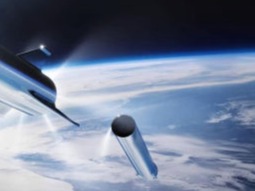
SpaceX Super Heavy Booster
The Super Heavy booster is needed to both place Cargo Starship into LEO, and place at least one more Cargo Starship with fuel for the Mars trip image credit: SpaceX
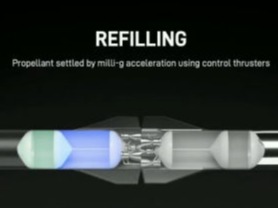
Orbital Refueling
Even a bare shell of an empty Cargo Starship payload bay will need 1 refuel in LEO. With 2 refuels 10 - 40 tons of payload can be carried to Mars surface image credit: SpaceX
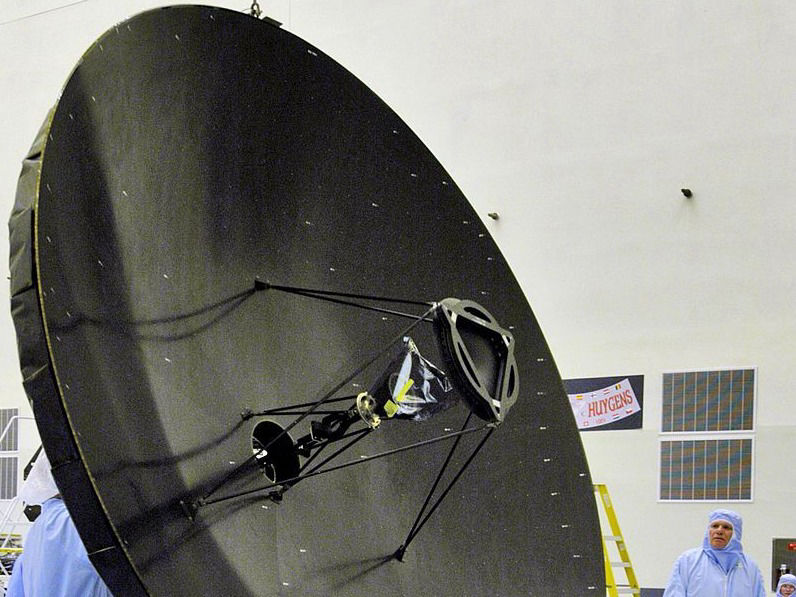
MRO High Gain Antenna
Starships use to communicate with Earth during voyage and then from surface. image credit: NASA
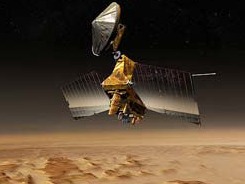
NASA Mars Reconissance Orbiter
NASA's MRO will watch Cargo Starship Mars aero-braking and landing. It will also be used for Starship to communicate with Earth. Also helps scout best landing sites before landing. image credit: NASA
